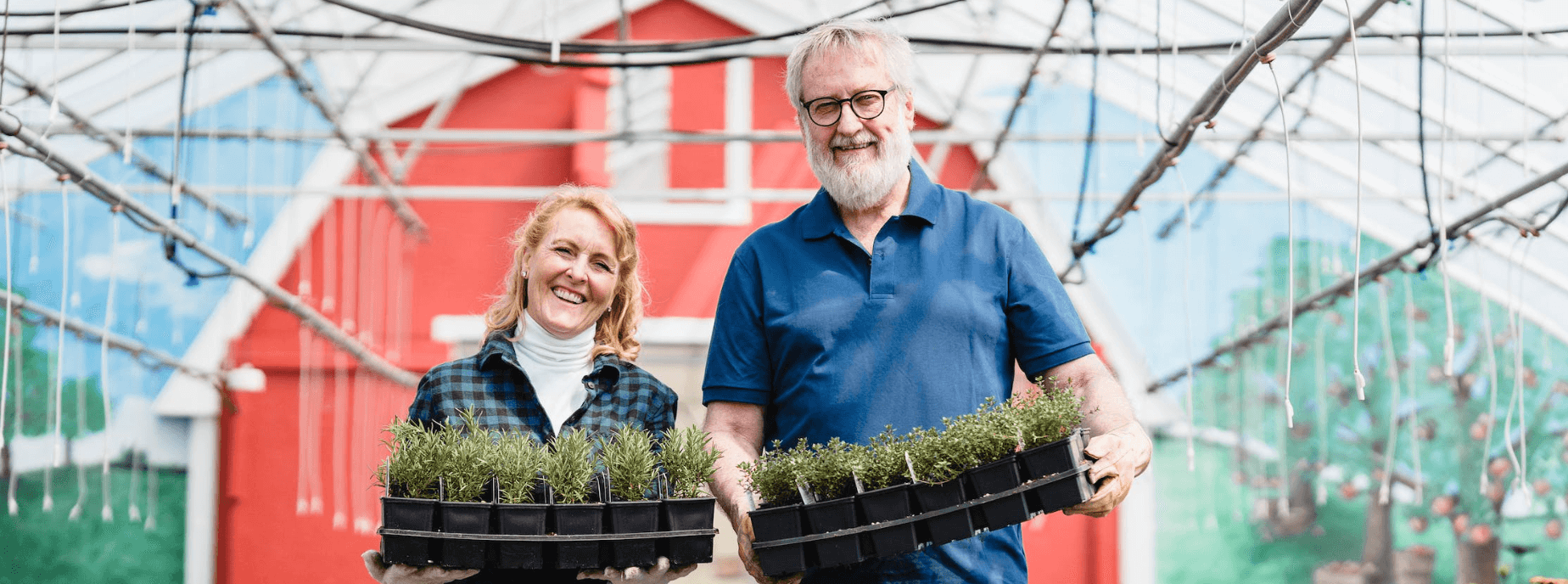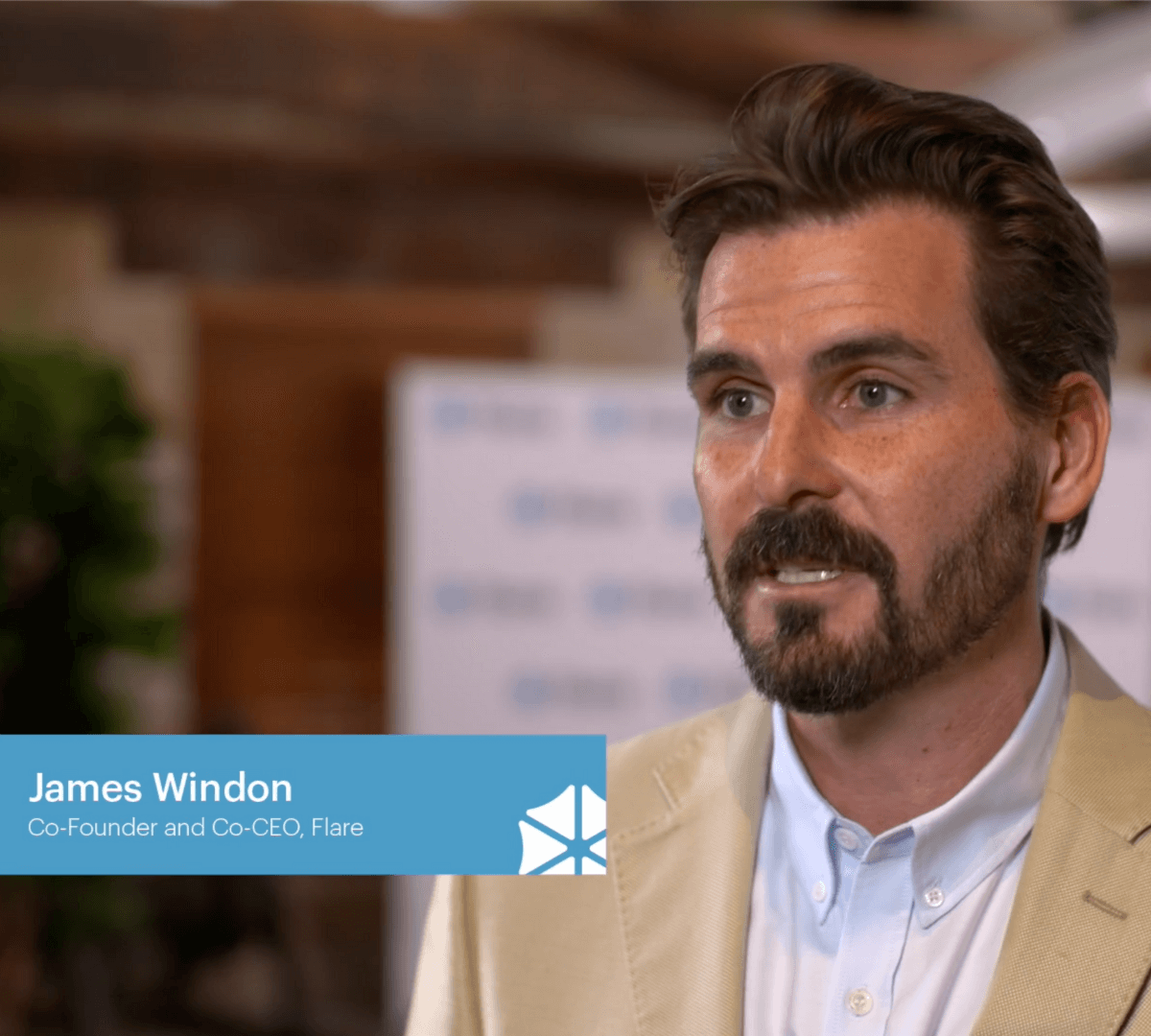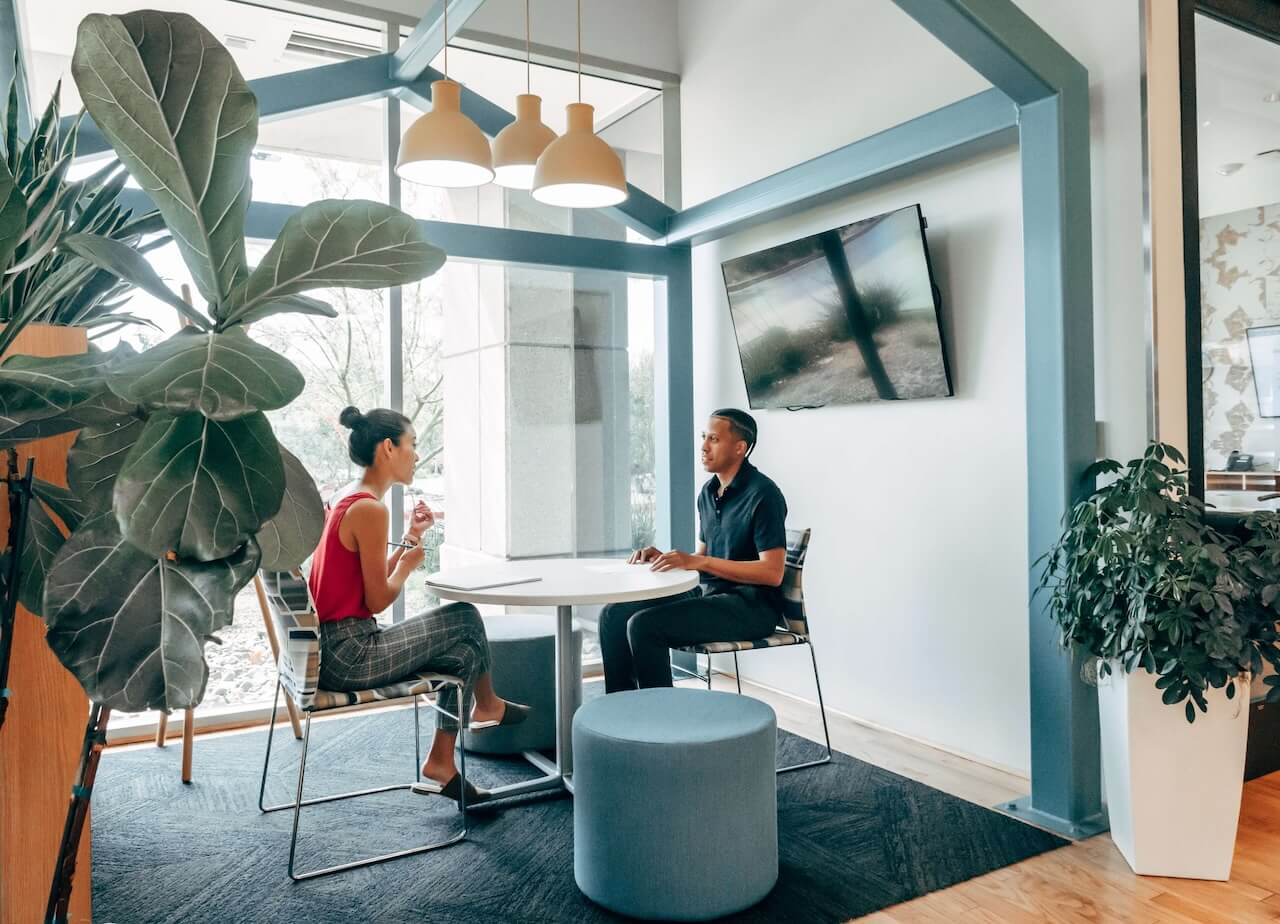Every year, a research institute called Great Place to Work Australia compiles a list of organisations that are considered to have the most desirable company cultures. This ranking is based on surveys of nearly 40,000 Australian employees, as well as an evaluation of the employers’ policies and procedures.
According to the research institute, a great place to work can be defined as one “where you trust the people you work with, have pride in what you do, and enjoy the people you work with.” But what exactly does this mean? We took a closer look at what these top-notch companies are doing to keep their employees happy and identified four best practices that you can put into action with your own workforce.
5 Best practices to build a strong workplace culture
Drawing inspiration from the 2020 Best Places To Work list, we’ve pulled out some of the best practices that these companies use to strengthen their workplace culture.
1. Take a purpose-driven approach to business
Purpose-driven organisations have clearly identified their reasons for existing – beyond just their profits, products, and services. And this purpose is infused into every aspect of their business, from the employee experience to the business strategy. These are the types of companies that people increasingly want to work for – especially Millennials, with 84% of this demographic believing that making a difference is more important than professional recognition.
This is a lesson that Interactive embodies well, and is the first step on Interactive’s five pillar wellbeing strategy, which is likely why it’s ranked first in this year’s Best Places To Work list. Director of People and Culture at Interactive, Merylee Crockett shares the other pillars on her list:
- Start with purpose – A commitment to keeping your why at the core of every decision you make.
- Safety – A commitment to keeping each other safe and investing in the physical and psychological wellbeing of our people.
- Connection – A commitment to a connected and collaborative workplace.
- Health – A commitment to nurturing your physical, mental and financial health.
- Resilience – A commitment to learn from any adversity thrown your way.
At Interactive, building a resilient culture requires an integrated approach across all five pillars to succeed. Leaning on these pillars has allowed the workforce to stay resilient together by coping with adversity, continuing to build and adapt, and learning from their experiences.
2. Make your leaders accessible to employees
Employees want to hear from their leadership team regularly – especially during times like today when circumstances are constantly changing. In fact, this type of engagement is so important that 91% of employees say communication issues can drag executives down.
That’s likely why IT service provider Insentra, which has featured on the Best Places To Work list for five years running, is focused on opening up communication channels between its executive team and the rest of the organisation – especially after going fully remote during COVID-19. Insentra’s co-founder and CEO, Ronnie Altit, explains that he’s been making a more conscious effort to engage in conversations with employees across all levels – even if that’s just sending them a quick message to say hello.
He’s also trying to make himself as accessible by hosting weekly team calls that provide employees with an opportunity to ask questions, engage in conversations, or simply provide an update on how things are going across the rest of the organisation.
3. Care personally
One of the most common themes we identified on Australia’s 2020 Best Places To Work list is the importance of caring personally. In response to the global pandemic, employers have stepped up to provide their teams with the resources and support they need to stay healthy, productive, and optimistic during these challenging times.
For example, Terlya Hunt the People Experience Manager at SafetyCulture went above and beyond to keep their employee as happy and healthy as possible during the pandemic. The company launched a new EAP to help employees build mental fitness, provided education on how to hold space for vulnerable conversations, and set weekly themes for Mental Health Month in October to cover all aspects of wellness – such as finances and nutrition.
4. Listen to what your employees have to say
Companies with strong cultures always listen to what their employees have to say. Many times, HR teams and company leaders make assumptions about what their workforce wants – and it’s not always aligned with reality. To prevent this from happening, use tools like pulse checks and surveys to collect feedback from your employees.
These types of listening strategies are a huge part of what sets the best companies apart from the rest. SAP Australia, which is on the 2020 list for Best Places To Work, released a remote ‘pulse check’ this year so that their employees could regularly share how they’re feeling and what management could do to support them. Similarly, Insentra has been continuously surveying its workforce to identify any communication gaps.
5. Build a culture of resilience
Lucy Horne, a researcher from New Zealand, defines resilience as a trait that allows people to adapt to and learn from adversity. During the pandemic, HR analysts like Josh Bersin have been stressing the importance of building resilient organisations, cultures, and people. Not only does this allow companies to survive tough times, but it’s also integral to the wellbeing of employees.
Lucy Lithgow the General Manager of People and Culture at BPAY set up a various initiatives across her organisation to give her staff more autonomy and trust because this is something she believes is key in driving a resilient culture. During this time, BPAY went from a good employee engagement rate to a 92% engagement rate this year. Some of the initiatives Lucy implemented includes: removing the requirement for employees produce a medical certificate if need the day off, removing the company dress code and finally allowing all employees to be given access to the recognition budget so that they can now recognise and reward a colleague or a peer for going above and beyond. These things have really helped BPAY foster a resilient culture.
There’s so much we can learn from these inspiring companies and their HR teams – especially today, when workplace culture is more critical than ever before. Take these learnings from the organisations featured on the Best Places To Work list and put them into practice today. To learn how Flare HR’s free onboarding software and employee benefits can strengthen your company culture, request a demo.








